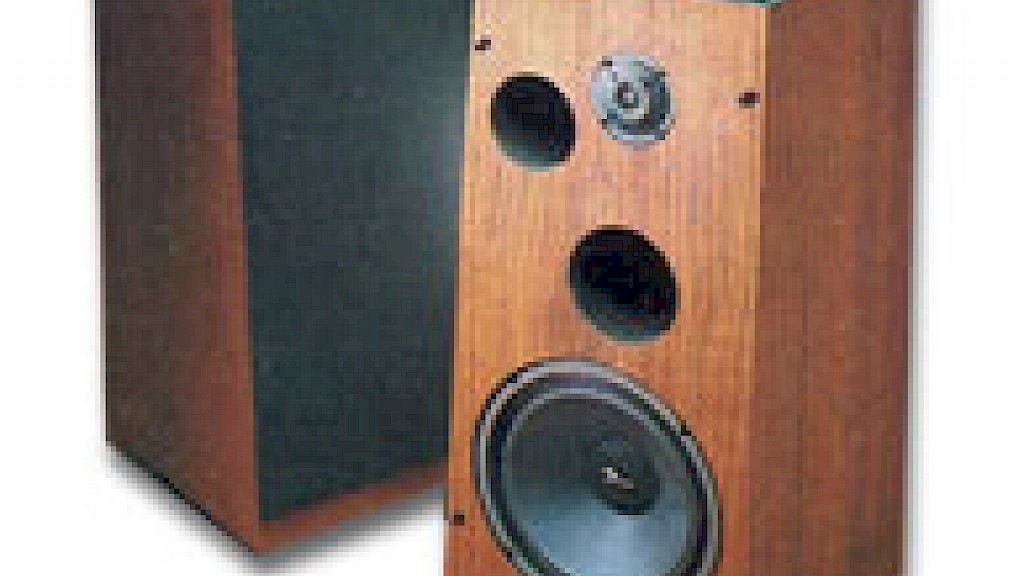Crossovers, the Devil is in the Details
You need a crossover when you want: wider frequency range than the individual driver in question delivers, a specific dispersion pattern and/or greater output than you can get from a single, full-range driver (as we covered in greater detail earlier). The main influences on a designer’s choice of crossover design are: the characteristic of the chosen drivers – from subwoofer to super-tweeters and all those in between – plus the desired frequency response and dispersion pattern.
Dispersion
If the wavelength of the lowest frequency a driver is asked to reproduce is larger than four times the diameter of the driver, the dispersion pattern will be omni-directional. If the wavelength of the highest frequency a driver is asked to reproduce is equal to (or less than) the diameter of the driver, the dispersion is mostly forward with much less to the sides and rears. Let’s look at the complexity this introduces from the subwoofer crossover all the way to the super-tweeter.
Subwoofer to woofer
The THX and Dolby-Digital crossover frequency of 80 Hz was well chosen. Both drivers are going to be omni-directional if they are less than 40” in diameter at the crossover frequency. This can make for a simpler crossover and easier driver placement although not anywhere. Ohm conducted similar experiments in the 1970s while developing the Ohm I. We concluded that 100 Hz was the highest crossover frequency without negatively impacting voice reproduction. This was when we had the woofer in the ideal location: just above the subwoofer.
We now follow the 80 Hz standard since lower is safer. In the Ohm I, the subwoofer ran directly off the amplifier with the 8-layer, 1.5” voice coil providing natural roll-off above 100 Hz. A high-pass filter was on the rest of the system to prevent the lows getting to the other drivers including the 8” woofer. Later we learned putting a high-pass filter on the correct pairing of subwoofer and cabinet designs could both extend the deepest bass and add protection to the driver. This became our patented Sub-Bass Activator used in nearly all Ohm Walsh speakers today; but that is for another View.
Woofer to midrange or tweeter
Opera scores typically call for as low as 80-100 Hz for the basso and up to 1658 Hz for the soprano. Ideally there should be no crossover in this range as we are very, very sensitive to changes in voices. Most of Ohm’s box speakers used 1700 Hz as their crossover point to their tweeters. The shortest wavelength is about eight inches. Typical 6.5” to 12” woofers are getting directional at that frequency; but with clever driver design, the high end of the woofer can have a similar dispersion pattern to the low end of the tweeter. It is important to maintain off-axis response similar to on-axis reproduction or the reflections will be perceived as second sources instead of reflections. The resulting effect smears imaging as the brain is confusing one source and its reflection with two independent sources. Once again a single capacitor (with resistors) can be sufficient if the tweeter can handle the power an octave or two lower.
Tweeter to super-tweeter
Now the wavelengths are getting small and you need very small drivers to have good response far off-axis. Very small almost always translates into low power handling. Boost circuits can be added to larger, higher power capable tweeters to extend their response. The crossover design must both provide the desired response and dispersion as well as protect the driver from destruction. Protection circuits can be added to prevent damage from over driving. Why is it that smaller amplifiers are more likely to blow tweeters than big amplifiers? And this is another topic for its own View.
See you July 8. ‘Til then, have a great 4th…
Enjoy and Good Listening!
John
Subscribe to Ohm News & Views to get the latest posts in your inbox
John Strohbeen Author
John Strohbeen was the President and Chief Engineer of Ohm Acoustics from 1978-2023.


